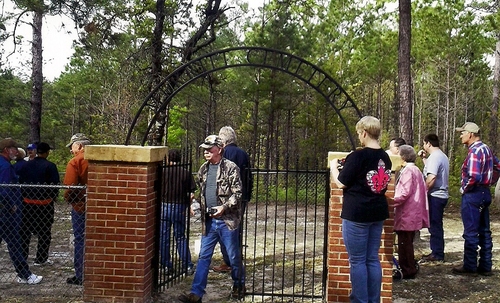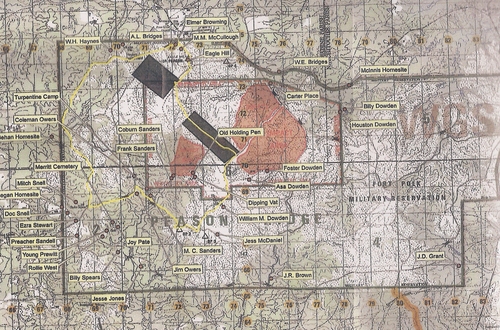.JPG)
- By Rickey Robertson
1) Pine Grove Baptist Church established 1894. Church has been at this location since 1965.
2) Peason Memorial Park. Historical markers honoring the Sawmill town of Peason and the Peason Ridge Heritage Families.
3) Cattle grazing lands, Peason Forward Landing Zone, and parachute drop zone.
4) Andrew Bridges field site. Sycamore trees in the distance was the location of the home site.
5) William Haynes fields and home site. Known for its catabla trees and sycamore trees.
6) Haynes Village named after William Haynes, whose land this village is built on.
7) The Prairie. This area is 700 to 900 acres of land and is just like the lands of the Great Plains with sage-grass blowing in the wind.
8) The beginning of Anacoco Creek. It is one of the few creeks that flows north, then west, then south into Vernon Parish from Sabine Parish.
9)Tripod Hill. During the famous Louisiana Maneuvers large tripods in which signal flags could be flown were built here, Eagle Hill, and other large hills to signal troop movements.
10) Robert and Lucy Moore home site. Lucy Moore was the daughter of Coleman Owers.
11) The peanut patch. Coleman Owers planted peanuts in this location each spring.
12) Coleman"Cole" Owers home place. Pecan tree stood in the yard. Large spring behind the home site.
13) Sharecropper site and home of Levi "Bud" Brown and Docia Jones Brown.
14) Home site of Jim Owers, brother of Coleman Owers. See the large oak tree which stood in the yard. The old well is located near the tree and part of the old back fence can still be found there. Across the road are still fruit trees that bear fruit each year.
15) Merritt Cemetery containing 4 graves. We will get out and view the cemetery for a short while.
16) 4L Turpentine Still Site. Very large turpentine camp with many artifacts located there pertaining to the rendering of naval stores. A large settlement of workers lived in "skid shacks" at the location.
17) Dowden Creek runs from Sabine Parish down through Peason Ridge into Vernon Parish.
18) Jess McDaniel Home site.
19) Original site of 1st Cold Springs School. The small cold spring it was named after still runs at this site.
20) Home site of John R. Brown. John Brown farmed and grew cops of all types, including sugar cane. He had his own syrup mill located on Martin Creek. Willard McInnis still uses the old syrup mill.
21) Bull-nettle Hill. The cattle owners would ride to Bull-nettle Hill and could see where their cattle were grazing.
22) SACON Training Village.
23) Dowden/Owers/Sanders cattle dipping vat.
24) The old stagecoach road that ran from Texas all the way to Natchitoches came this route. Further into Peason Ridge is the site of Stagestand, the way station stop. It is remembered for the stolen gold buried after a stage robbery in this area. Supplies for the Confederate Army also came this route.
25) The old plum Tree at the William "Billy Boy" Dowden home site.
26) Home site of Willis "Foster" Dowden. The old plum orchard and pecan trees are still there, and the old fields with terraces can still be observed.
27) The old Buffalo Grazing Lands that is part of the Anacoco Prairie. The buffalo from the Great Plains wintered throughout this area.
28) Main Impact Area.
29) Dividing Ridge. This ridgeline separates the 3 watersheds on Peason Ridge. To the east the creeks flow into the Red River, to the south into the Calcasieu River, and to the north/northwest into the Sabine River. Cattle owners would meet up at this location and could view cattle and livestock grazing for many miles. As a youngster I have sat with others and viewed several thousand cattle grazing here.
30) Peason Forward Landing Zone.
31) Eagle Hill. At one time Eagle Hill had an elevation of nearly 300 feet above sea level. From Eagle Hill you could view nearly all of Peason Range. This area around Eagle Hill was very heavily inhabited by Native American Indians. One archaeological site located near here had artifacts dating back 12,000 years.
With this tour we were able to only cover a portion of Peason Ridge. It is a land filled with history beginning with the Native Americans and the first settlers who came into the area in 1818. History was made here during the 1941 Louisiana Maneuvers, heartbreak followed as the settlers, homesteaders, and sharecroppers were forced to leave their beloved homes and farms in 1942, and history is still being made by the military units training on these old farms and home sites of our ancestors as they continue to fight for our freedom throughout the world. The best trained units in the US Army are trained here on Peason Ridge. As a Heritage Family Member I have close ties with the land and with the Army who now uses these lands. We must never forget the sacrifice made by these Heritage Families as they gave up a way of life for our freedom.
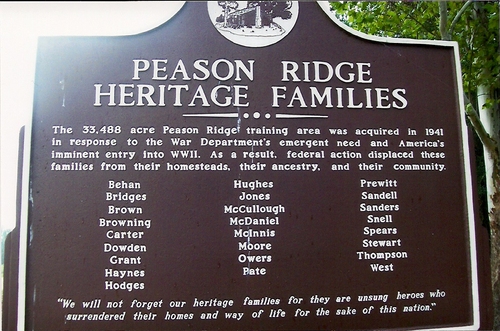
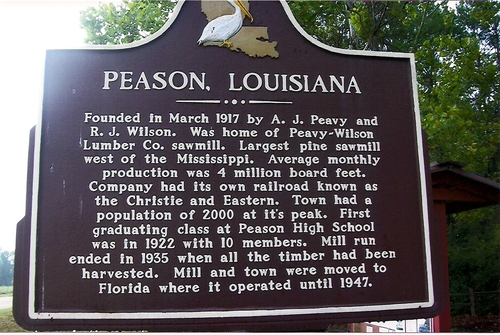
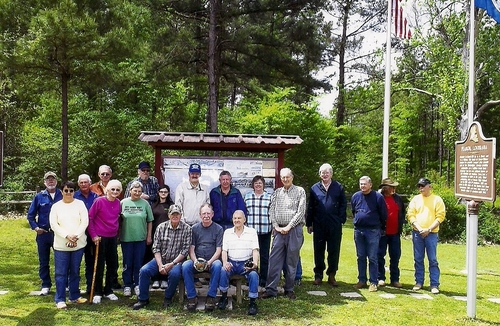
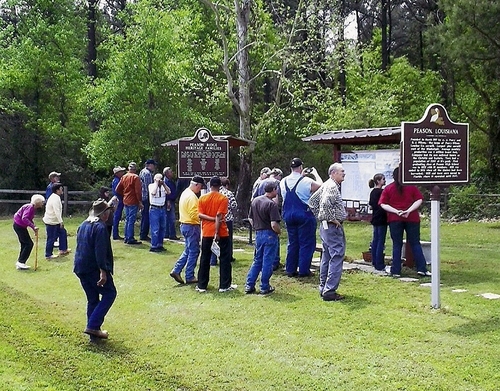
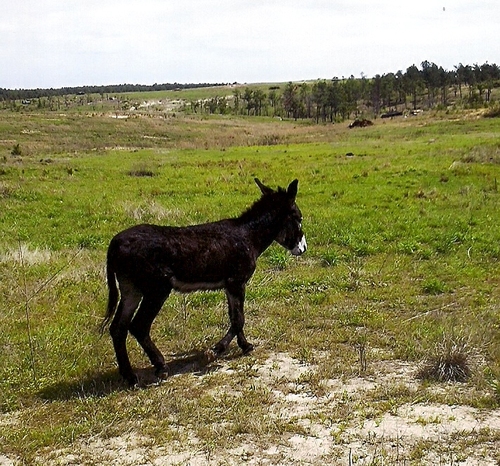
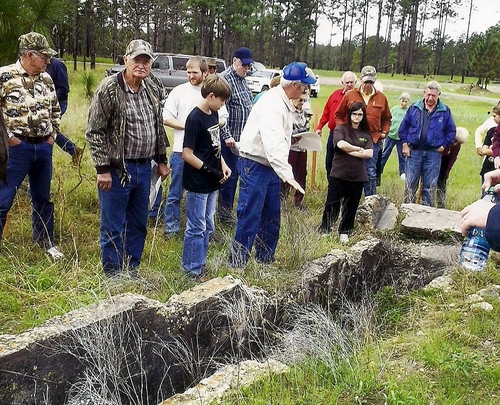
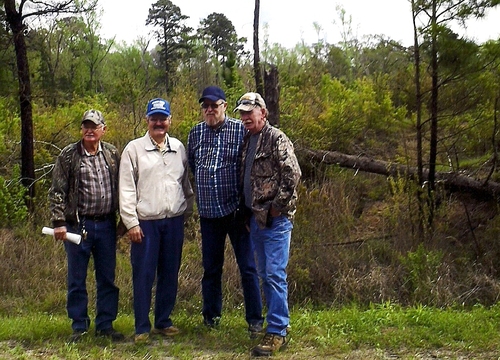
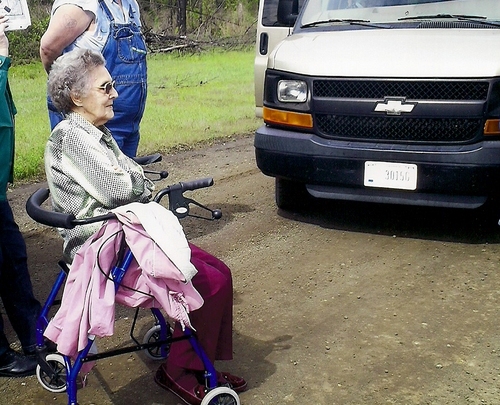
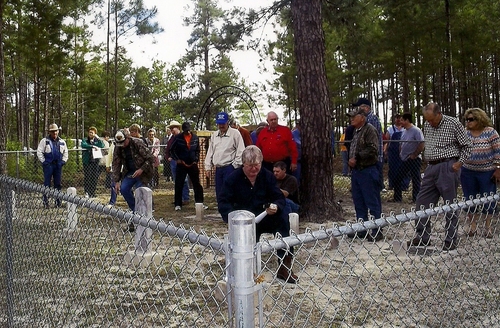
_rdax_500x246.jpg)
_rdax_500x256.jpg)
